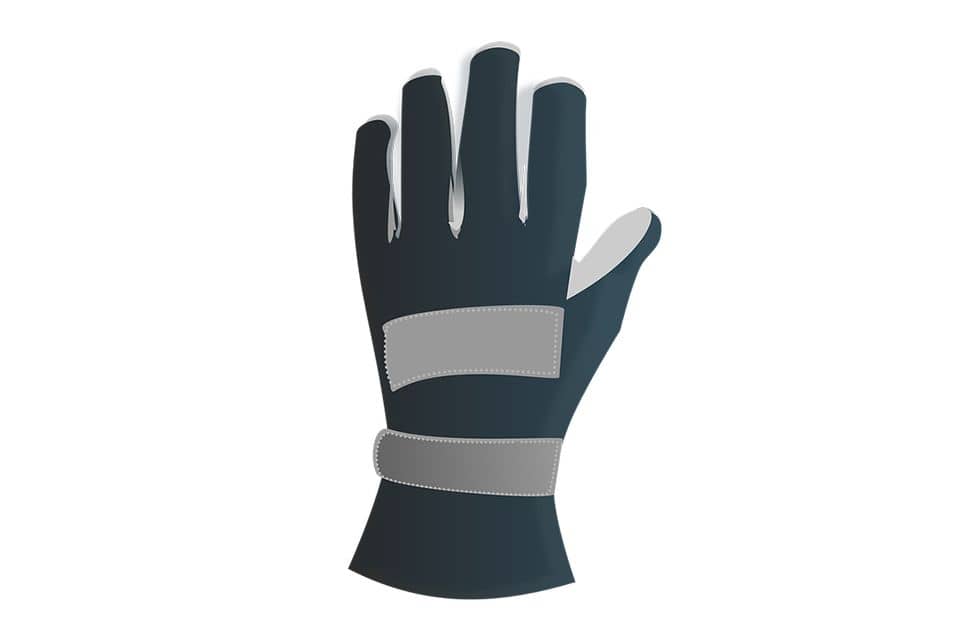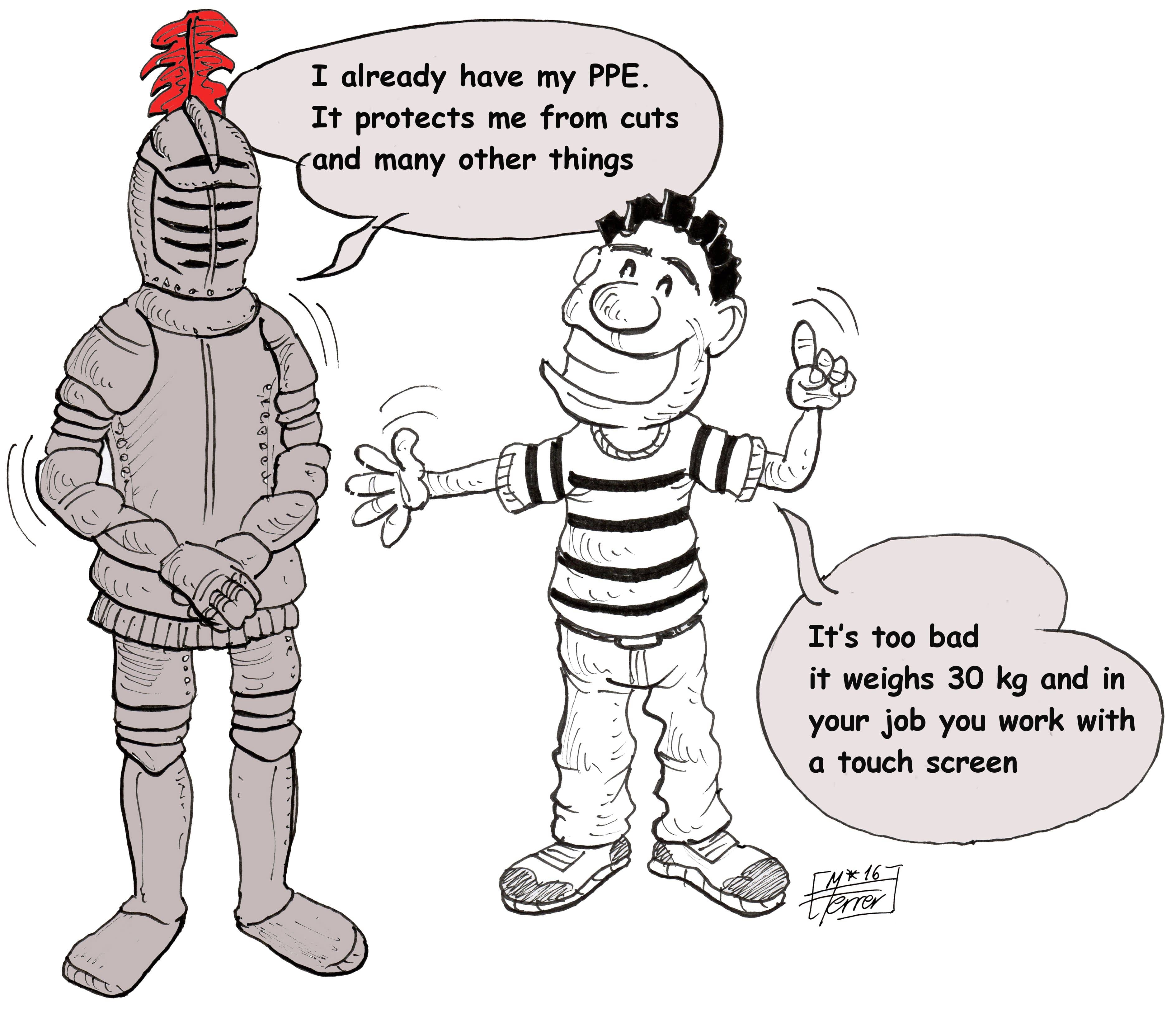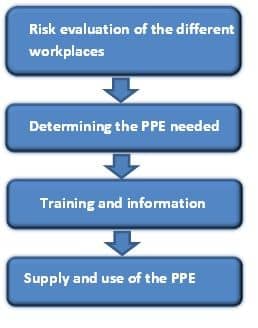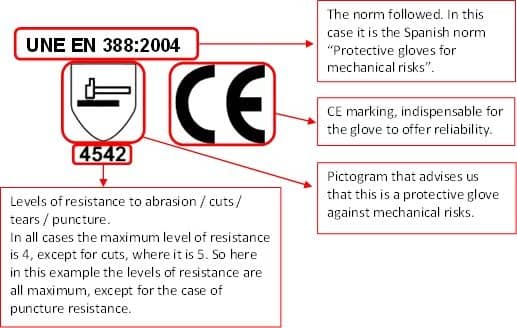
22 Sep They call me PPE
PPE, these are initials that we could associate to any political party currently vying for positions in the mayoral elections. We could, but we won’t; by giving meaning to these three letters we will find the following series of words: Personal Protection Equipment. This has nothing to do with the next candidate for giving speeches from the balcony of the town hall.
You don’t have to be a Sherlock Holmes clone to figure out that this article is not going to talk about foot reflexology, instead it will deal with something (Equipment) that protects (Protection) us (Personal).
Let’s look at an example that will help clarify this introduction, featuring a pair of rubber gloves, the same kind that are used for household cleaning and whose job it is to protect us from the chemicals we use for these tasks. This is a PPE – equipment that protects us from products that can be damaging to skin, and since only one pair of hands can fit into a pair of gloves, we are dealing with individual protection.
A more academic definition of PPE would be: equipment destined to be worn or held in order to protect us from one or several risks that can threaten our safety or health, as well as any complement or accessory designed for this purpose.
Below is a list of different body parts that could need protection and examples of the PPE for each case:
- Head protection: helmets
- Hearing protection: ear plugs, ear muffs, ear cups,…
- Eye and face protection: glasses, goggles, face masks or screens,…
- Respiratory protection: gas filters, particulate filters,…
- Hand and arm protection: gloves to protect against mechanical aggressions, gloves to protect against chemical aggressions, protective sleeves,…
- Foot and leg protection: safety shoes, leggings,…
- Skin protection: protective creams
- Trunk and abdomen protection: vests, jackets or aprons to protect against mechanical aggressions, life vests,…
- Full body protection: safety harnesses, slip/fall arrest systems,…
In the world of work, which is full of risks, PPE plays a tremendously important role, although we should keep this lapidary phrase in mind: PPE must be considered as the last resort. This means that we turn to PPE when risks cannot be avoided or sufficiently limited through the use of collective protection means, when there are no reasonable technical solutions, in cleaning operations, during maintenance, breakdown repair…, since these are work situations where, in order to carry out the activity, it may be necessary to temporarily override some protection system,…
Actions to be taken until PPE is supplied and employed:
Risk evaluation of the different workplaces
The risks of the workplaces must be evaluated, establishing the use of PPE in those cases where risks cannot be avoided or sufficiently limited by other means.
Determining the PPE needed
Once the risks have been identified that require the use of PPE, its necessary characteristics need to be determined in response to the nature and scope of the risks to be protected against.
When making this choice, the characteristics of the work where it will be used have to be considered as well as the characteristics of the person using it. For example, when choosing gloves we would need to know if in the job to be carried out these would compromise the required sensitivity, or if the worker is allergic to latex, wherefore, if the chosen gloves are latex we would have to opt for nitrile gloves or another alternative material.
Any PPE is firstly catalogued in category 1, 2 or 3, with category 1 being assigned if it protects against minimum risks, and category 3 if it protects against risks with serious, mortal or irreversible consequences. From here on, for every different type of PPE (gloves, gas filtering equipment, safety shoes,…) a wide range of possibilities opens up.
Let’s look at the example of gloves that protect against mechanical aggressions (cuts, punctures,…), where the level of protection against the various mechanical risks can be of a different magnitude, something which we should keep in mind depending on the level of the risks of the workplace.
The glove contains the following information:
Training and information
All persons who are to use PPE must be previously trained and informed, being aware of the risks requiring its use, instructed with regard to its correct use and maintenance and informed about the limits of usage established by the manufacturer.
The instruction manual and other documentation supplied by the manufacturer must at all times be available to the user.
Supply and use of the PPE
After supplying the PPE it must be ensured that it is used correctly and kept in good condition. For this reason, in Rieusset we have established periodic inspection visits, in which, among other details regarding occupational safety and health, this supervision is carried out.
This brings us to the end of the article where we would like to pose the following question to all readers who have made it this far: Which PPE must we use if our neighbor plays the bagpipes and we do not wish to hear him?
| We Manufacture: | Meet Rieusset: |





